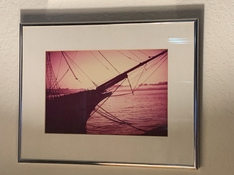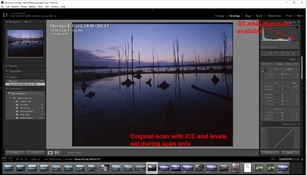Alan Edward Klein
Member
Vivitar agrees with you. The Vivitar 45 instruction booklet was very brief, but ended the instructions with this paragraph (the italics are theirs):
The most important thing to remember is that your meter is a creative tool. By analyzing and modifying basic readings, according to lighting condition and film characteristics, you can creatively control results. It all depends on the effect you want to create. There is a wealth of information available on metering. check with you local photo dealer, bookstore or library for books on specific techniques.
The truth is I too often make mistakes metering exposure. That's why when I shoot landscapes with medium format roll film, especially chromes, I bracket +1 and -1, sometimes 1/2 stop. It's relatively cheap insurance for landscape photography, for me. Lately, I've been shooting 4x5. So I don't bracket for the most part.











